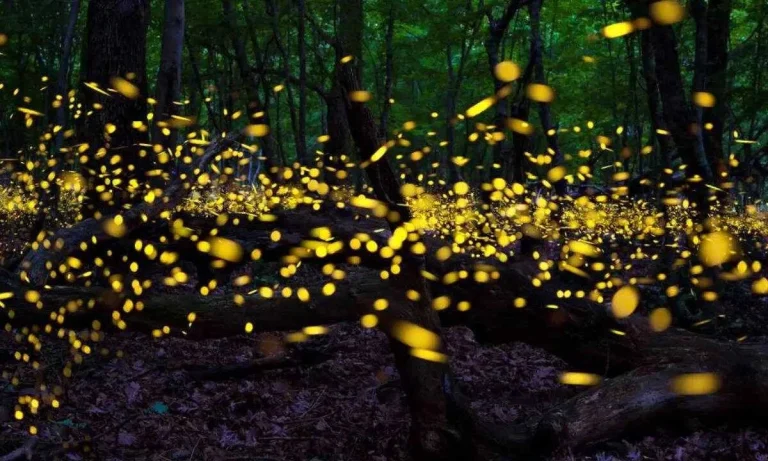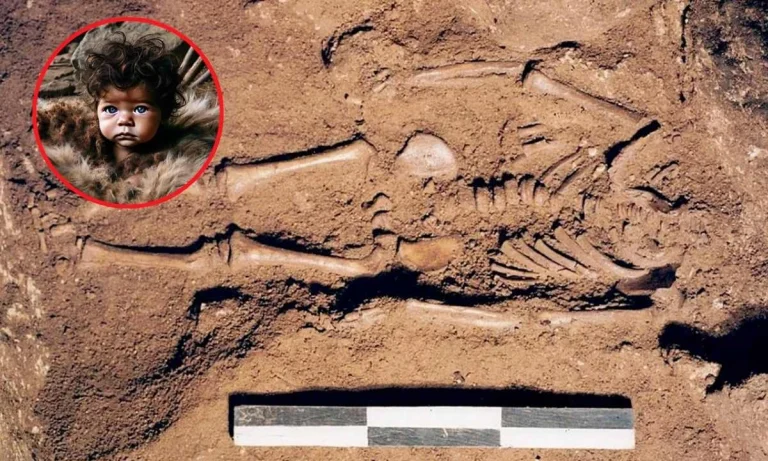In a remarkable encounter with nature, a rare snail in New Zealand has been captured on video performing an unimaginable feat – laying an egg from its neck. This peculiar event was documented by conservationists who were monitoring the species as part of a preservation initiative. The snail, known as Powelliphanta augusta or the Mount Augustus snail, is already noted for its rarity and unique reproductive behaviors.
The moment unfolded during a routine weight check by the New Zealand Department of Conservation. Nestled amidst the greenery, conservationists witnessed what is believed to be the first-ever recording of this snail laying an egg in such an unconventional manner. The egg itself, small and white, protruded strikingly from the snail’s elongated neck, leaving the observers both amazed and intrigued.
The Powelliphanta snail family, known as the largest land snails in New Zealand, is a true icon of the country’s biodiversity. These snails are not only remarkable due to their size but also because of their diet, as they predominantly consume slugs and earthworms. Their unique dietary habits and pristine natural habitat mark them as a species of interest for conservation efforts.
Over recent years, the Mount Augustus snails have faced threats from habitat destruction, mainly due to mining activities in their exclusive regions. With their natural habitat under constant threat, these snails are increasingly becoming a focus for environmentalists who aim to secure their future.
Discovering the egg-laying behavior of Powelliphanta augusta from its neck opens new avenues for scientific inquiry. Biologists and ecologists are eager to learn more about the evolutionary advantages of this unique reproductive behavior. Whether it serves a specific adaptive function or is merely an evolutionary anomaly remains a compelling mystery for researchers.
This rare footage sheds light on the unexplored complexities of invertebrate life and fortifies the urgent call for intensified conservation measures, not only for the Mount Augustus snails but also for other species sharing similar vulnerabilities. Insights from such natural spectacles emphasize the intricate balancing act of ecosystems and the unforeseen beauty hidden within them.
The overall event transcends curiosity, prompting deeper reflection on our role in preserving the myriad wonders of nature, starting with the enigmatic life forms that populate even the most overlooked corners of our world.











